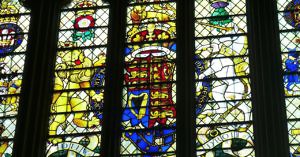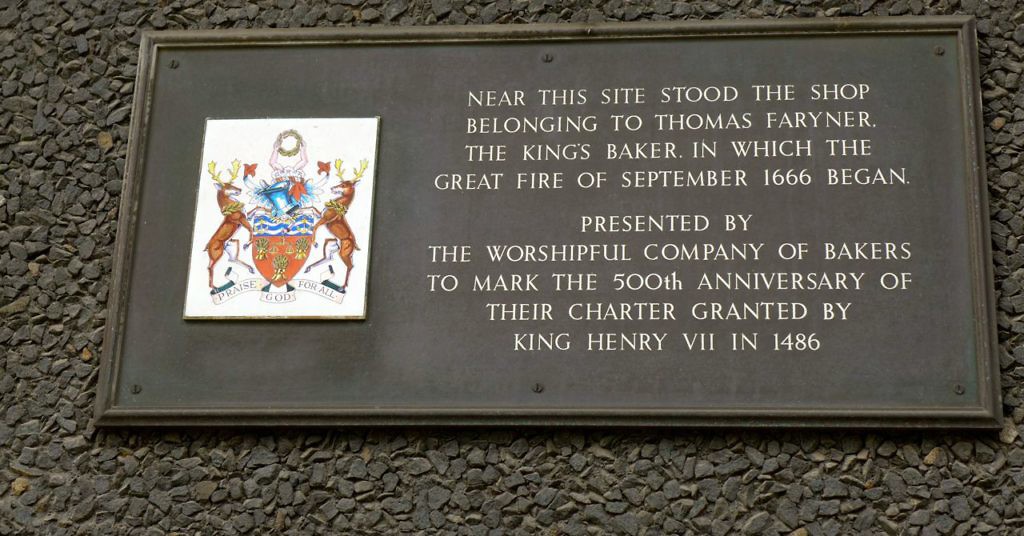The Future of Cancer Vaccines Part 5 – An Interview with Prof George Coukos
Mainz – At the recent CRI-CIMT-EATI-AACR international cancer immunotherapy conference in Germany, one of the underlying themes of the conference that attracted considerable attention from speakers and poster presenters was neoantigens, and how to generate cancer vaccines directed against them.
One of the European leaders in the field is Professor George Coukos who is Director of the Department of Oncology at the University of Lausanne Hospital and Director of the Lausanne branch of the Ludwig Institute for Cancer Research.
Lausanne is an exciting place for innovative translational oncology work with the Swiss Cancer Center, that Coukos also directs, creating synergy between partner institutions co-located in the Lausanne University Hospital (CHUV).

Mainz, Germany
We last spoke to Prof Coukos 18 months ago and much has happened since then. In Mainz, he kindly agreed to speak to BSB again and provide an update on progress.
This time we talked about the cancer vaccine research that he and collaborators such as Dr Lana Kandalaft are pioneering in Lausanne, and how this could best be applied in ovarian cancer. It was exciting to hear him discuss his vision and some of the ambitious goals he hopes will be possible within the field.
Here’s a short excerpt from the interview – he has an interesting story to tell:
This expert interview is part 5 of our onging mini-series on the Future of Cancer Vaccines.
To learn more insights from our latest thought leader interview, subscribers can log-in or you can click to gain access to BSB Premium Content.
This content is restricted to subscribers



 As attention on neoantigens increases, what is Gritstone’s strategy and where could they fit into the cancer immunotherapy landcaspe?
As attention on neoantigens increases, what is Gritstone’s strategy and where could they fit into the cancer immunotherapy landcaspe?

 How does an exciting early product in development move from academia to industry? There are many ways to do this, so here is the story through the eyes of one young company with strong academic connections, as a way to illustrate what can be done. It isn’t the only way, by any means.
How does an exciting early product in development move from academia to industry? There are many ways to do this, so here is the story through the eyes of one young company with strong academic connections, as a way to illustrate what can be done. It isn’t the only way, by any means. This week we’re focusing on neoantigens, what role they have to play in cancer immunotherapy and novel approaches that identify and use them as a therapeutic modality.
This week we’re focusing on neoantigens, what role they have to play in cancer immunotherapy and novel approaches that identify and use them as a therapeutic modality. The Great Fire of London started 350 years ago in September 1666 following a fire in a Pudding Lane bakery. It highlights the potential of what a small fire can do once it takes hold – over the course of 3 days, 13,000 houses and 436 acres were destroyed. It forever changed the landscape of medieval London.
The Great Fire of London started 350 years ago in September 1666 following a fire in a Pudding Lane bakery. It highlights the potential of what a small fire can do once it takes hold – over the course of 3 days, 13,000 houses and 436 acres were destroyed. It forever changed the landscape of medieval London.